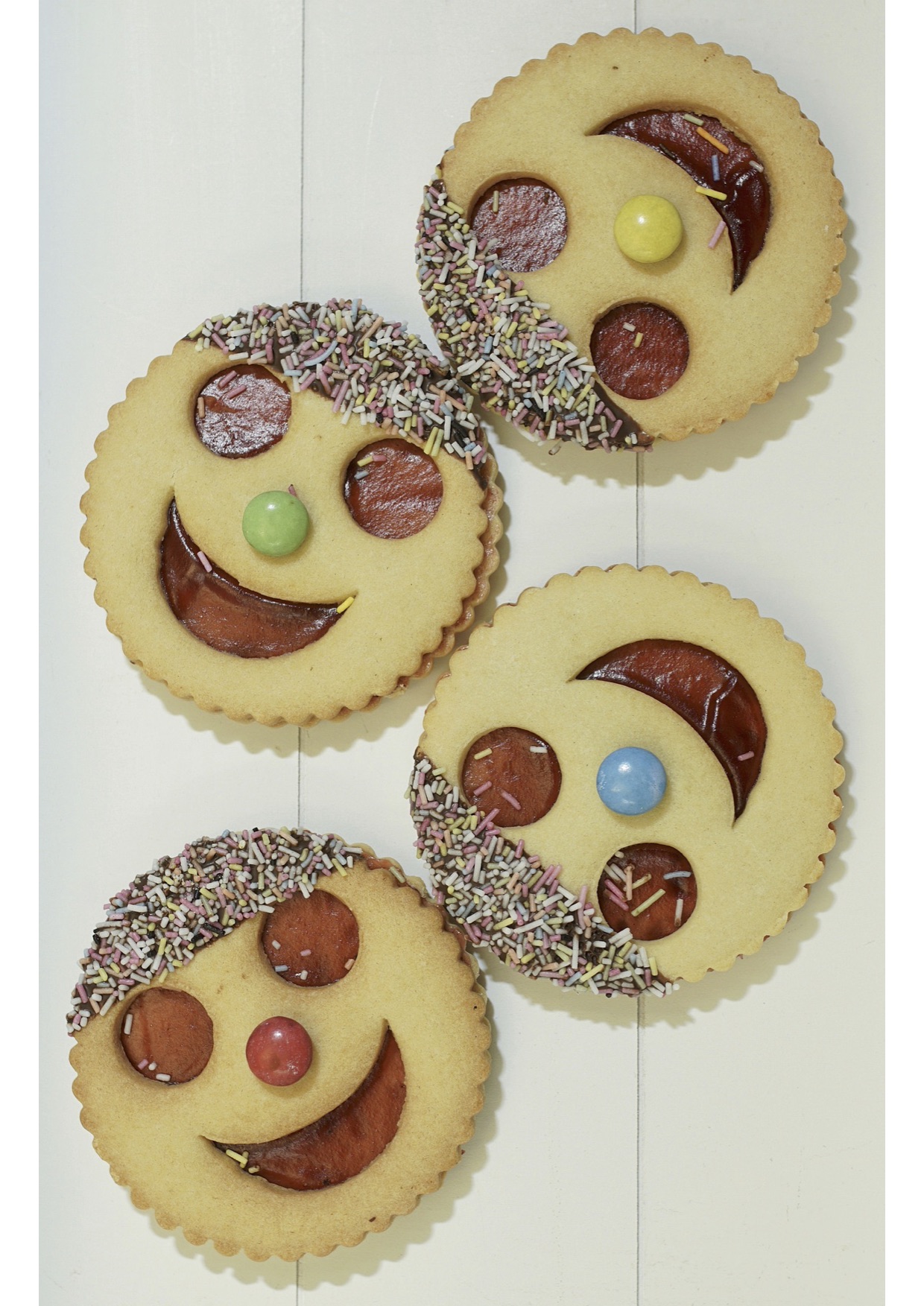If our emotional and physical needs are met as children, we grow up believing that we have a right to be here and that we are capable, lovable and able to take care of ourselves.
But often, getting these needs met depends on how well the needs of the family have been met. For example, if a main caregiver is an addict, abusive or neglectful, the firstborn child may automatically feel the pressure to be the ultra responsible and respectable in order to fill the void or make up for the parents’ lack. Simply by being the eldest child, he/she becomes the family hero, whose job it is to do whatever it takes to ensure that the family is seen as whole and functional. The child’s needs are not considered. They have taken a back seat to the demands of the family unit.
Instead of feeling loved and accepted for who they are, children turn instead to their assigned role (based on what the system needs at the time of their birth) to gain a sense of identity, belonging and validity. By the time children are three, four or five years old, their identity, based on their assigned family role is firmly in place. Of course, none of this is conscious. Children have no idea that they are not the role they are playing –nor does the family. They have become absolutely entangled and identified with an often maladaptive, even destructive way of relating to the world around them.
The main roles of the children were identified by Weischeider (1981) with respect to alcoholic families. Since then, the use of these terms has been widened to include other types of dysfunctional family systems including: emotionally or psychologically disturbed (e.g., Narcissistic Personality Disordered or NPD); sexually or physically abusive; and, religious fundamentalist or rigidly dogmatic (Kizziar as cited in Boyd, 1992).
What are the classic “Assigned Roles”?
The Hero/The Golden Child
Usually, but by no means always, the hero is the eldest child, who devotes his/her time and attention to making the family look “normal” and without problems. The Hero can mask or make up for the dysfunctional home life. Over-responsible and self-sufficient they are often perfectionistic, are over-achievers and look very good – on the outside. The parents look to this child to prove that they are good parents and good people. Their goal in life is to achieve “success”, however that has been defined by the family; they must always be “brave and strong”.
While The Hero saves the family by being perfect and making it look good, the golden child may struggle to live up to his status, often suffering with anxiety.
The Scapegoat
The scapegoat is blamed for all the issues and dysfunction in the family. In a dysfunctional family, the addicted/narcissistic/neglectful parent projects their own self-hatred, frustrations, anger, and disappointment on them. The scapegoat often suffers more overt types of emotional, and sometimes physical, abuse. This includes being belittled, shamed, or ridiculed; ignored or dismissed; blamed for everything wrong or problematic in the family and any accomplishments ignored or dismissed. the scapegoat child will usually suffer from CPTSD, anxiety, depression and low self-worth.
The Lost Child
The Lost Child is usually known as “the quiet one” or “the dreamer”. The Lost Child is the invisible child. They try to escape the family situation by making themselves very small and quiet. (S)He stays out of the way of problems and spends a lot of time alone.
Lost children spend an excessive amount of time hiding in plain sight. They expend all their energies trying not to get noticed by anyone, including teachers, other children, and their caregivers.
This behavior is usually the result of neglect and abuse, where the child felt trapped and unable to escape. Their only line of defence was to remain quiet and still knowing that eventually, the traumatic event will pass.
Lost children are mostly made up of third-born children but can be any child from oldest to youngest.
Lost children, in early childhood, develop a belief that they are powerful enough to blame themselves for the woes of their families. They feel they want too much and that they do not have a place in the world. They learn early to be quiet, unassuming, so they are out of the way.
The lost child spends a great deal of time daydreaming, fantasising, and creating worlds in her mind where she is happier than with her true family. They love to do solitary activities like watching TV, playing video games, and reading.
Lost children are invisible, lonely, and afraid.
The Lost Child often has poor communication skills, difficulties with intimacy and in forming relationships. They deny that they have any feelings and “don’t bother getting upset.” They deal with reality by withdrawing from it.
In a family, where one parent is a narcissist, The Lost Child just doesn’t seem to matter to them, and avoids conflict by keeping a low profile. They are not perceived as a threat or a good source of supply, but they are usually victim of neglect and emotional abuse.
The Mascot
Fourth born children are typically designated as the “mascot”. The primary assigned duty here is one of distraction. Mascots often become the family entertainer or clown, using humor or clumsy antics as a way to break tension when things get out of hand at home. Often, when they are the “baby” of the family, they are treated as if they are too little or too dumb to understand what’s going on in the family
The goal of The Family Mascot is to break the tension and lighten the mood with humor or antics. (S)He is usually “the cute one.” This child feels powerless in the dynamics which are going on in the family and tries to interrupt tension, anger, conflict, violence or other unpleasant situations within the family by being the court jester. The Mascot seeks to be the center of attention in the family, often entertaining the family and making everyone feel better through his or her comedy. They may also use humour to communicate and to confront the family dysfunction, rather than address it directly. The mascot will usually end up suffering from codependency, anxiety, and people-pleasing, lacking boundaries.
Do you recognise yourself in any of the above roles? One great way to understand the influence of birth order on one’s personality is to discuss it with a therapist as they may be able to help you identify parts of your identity and how they developed. And more importantly, how to heal.

